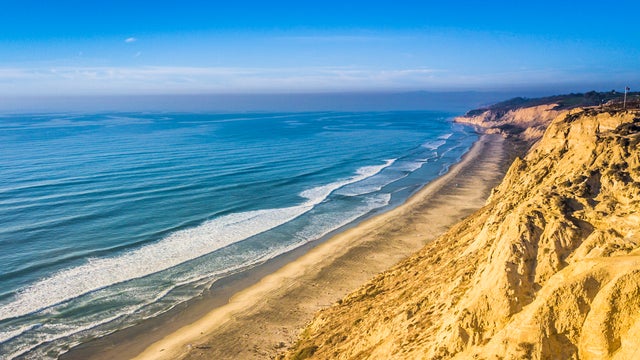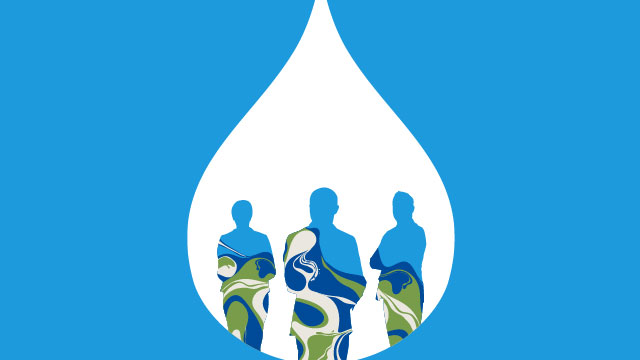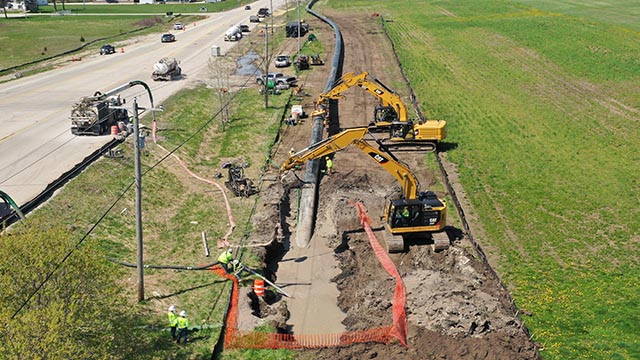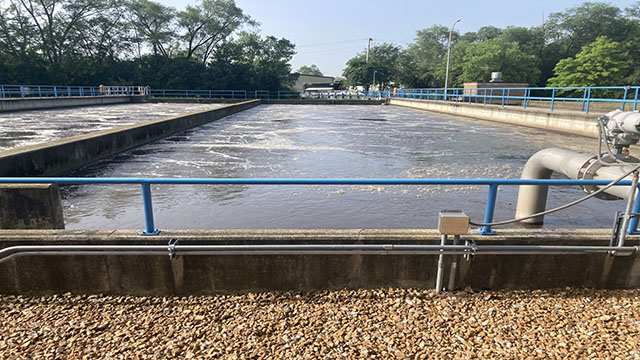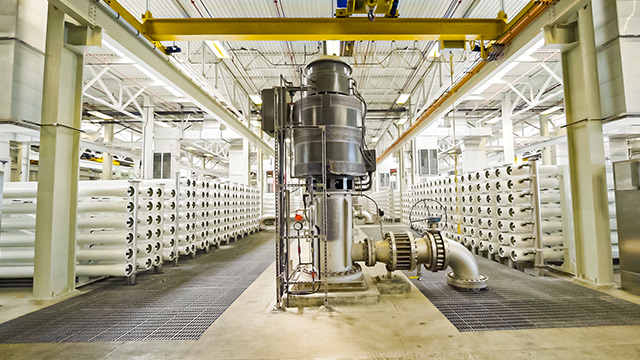At a very basic level in the water sector, it’s all about money: How much, where to get it and who will pay for it.
The industry’s notoriously aging infrastructure demands the infusion of historic investment for long-overdue upgrades. The quest by drinking water utilities for sustainability — by our definition, the ability to meet the current generation’s needs without compromising the needs of future ones — doesn’t happen for free. With so many utilities grappling with competing interests, including hardening assets and networks against cyberattacks and climate change, budgets are tight.
On the water treatment side, the federal government announced in April a regulatory limit for all municipal water systems for six per- and polyfluoroalkyl substances on utilities and those they serve.
It brings us all to the issue of rates, the heavily scrutinized lifeblood of utilities tasked with providing clean, affordable drinking water to often cost-conscious consumers — especially the economically disadvantaged — with little appetite for higher monthly bills.
According to a survey of nearly 630 U.S. water sector stakeholders for Black & Veatch’s 2024 Water Report, six in 10 respondents deem sustainability as a critical strategic focus. But only about half — 49 percent — have sustainability goals and the metrics to measure them. Therein lies the push/pull of balancing the utility’s basic needs versus investments in sustainability — however the utility defines it — and perhaps some evidence that utilities traditionally pull back on discretionary activities such as sustainability when dollars are tight.
The Divide Over the Value of Water
Too often, consumers don’t fully understand water’s value and true cost. Consumers believe this vital resource is seemingly endless and are oblivious to the investment-starved, decaying assets they can’t see. That disconnect appears to be worsening; some 61 percent of respondents believe consumers have “little understanding” of the gap between the cost of producing safe water and the current rates they pay, up from 50 percent each of the previous two years. Consistent with the previous two surveys, just 3 percent have a “full understanding.”
That shortcoming in perceived understanding comes as four in 10 respondents say funding for their capital infrastructure projects won’t be enough in the next five to 10 years, an uptick from the 36 percent in 2023. Roughly half of respondents say such funding will either meet the requirement or be sufficient, almost identical to last year’s feedback.
Billions of dollars available in federal funding from the Bipartisan Infrastructure Law — also known as the Infrastructure Investment and Jobs Act — may be enticing to utilities, though many utilities still view such programs as too administratively burdensome or restrictive — again, the top two reasons respondents say they haven’t taken advantage of that funding infusion. The slowness of such federal monies making their way through the pipeline — and the fact that they don’t address operations and maintenance concerns that continue to rise in cost — haven’t helped.
Enter rates again. When it comes to addressing their utility’s financial resilience, 73 percent of respondents say their strategy includes annual or multi-year rate adjustments, just edging out the 72 percent who cited capital program prioritization. Capital program prioritization had held a 3 percent point lead over rate increases in 2023’s survey.
Long story short, this backdrop amplifies the need for utilities to communicate sustainability efforts to consumers better — unquestionably a formidable challenge, given that pressing rate increases at levels that outpace inflation is a heavy lift.
In the end, financial resilience depends on a proactive strategy for addressing customer affordability — especially in an inflationary environment — with the understanding that ignoring the economically disadvantaged ratepayer could give those deciding your next rate increase request the grist to deny it.
The key is a holistic approach toward building rate resilience and an amplified engagement and education of ratepayers to promote the true value of their water and the pressing need to invest in it.
